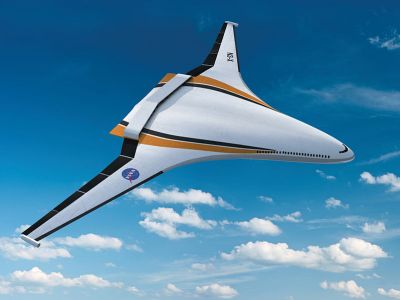
Hybrid aircraft combining the best of an airship, plane, helicopter and hovercraft could provide major benefits in numerous applications. Scientists improved current concepts in a rigorous experimental and modelling campaign.
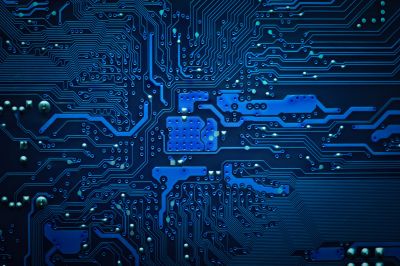
Data-tracking software initially designed to help support physicists at the European Organization for Nuclear Research (CERN) needed new capabilities. An EU initiative has set out to bring the software up to modern standards.
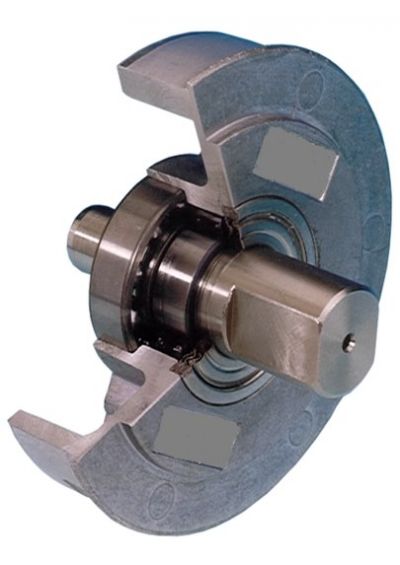
EU-funded scientists are developing a new generation of permanent magnets, shifting away from rare earth elements. These should be particularly attractive for electric vehicles and machinery.
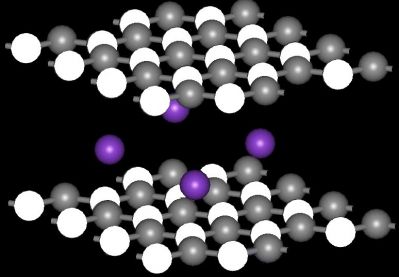
EU-funded scientists made important advances in understanding the thermomechanical and electronic properties of graphene and hexagonal boron nitride (h-BN).
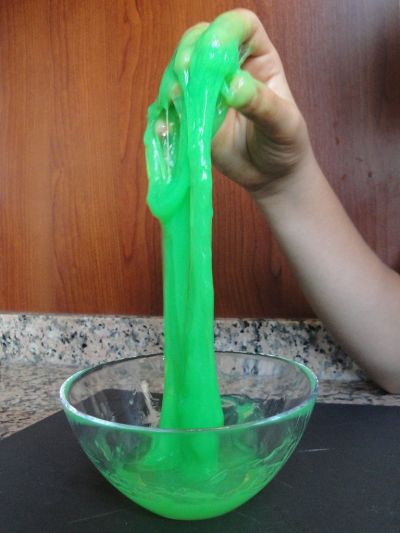
EU-funded scientists are developing a new era of plastic materials that have the ability to self-heal spontaneously, just like living organisms do. Such materials will have important implications for more durable vehicles and safer and more durable roads.
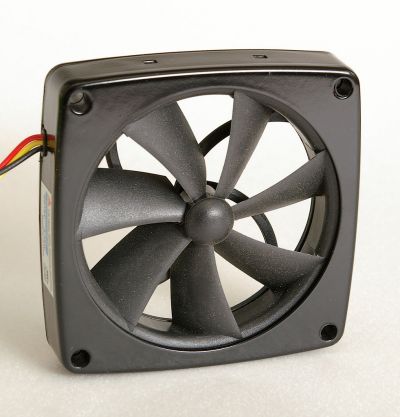
Thermal management is a hot topic in microelectronic and optoelectronic devices. An EU-funded project is working on integrating an innovative cooling system that unlike conventional solutions that use single-phase liquids or gases involves two-phase flows.
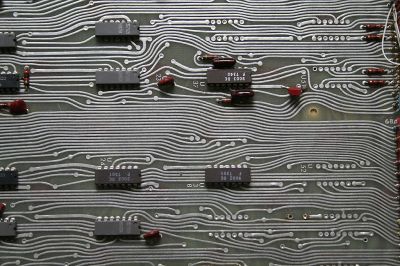
A mixed-design approach adopted by EU-funded companies and researchers allowed a first step in the creation of reliable European high-performance digital signal processor (DSP) able to meet the requirements of future space missions.

A transportation system based on personal aerial vehicles (PAVs) may slowly but surely be moving from the realm of science fiction to reality. Recent technological developments are laying the basis for this once far-fetched scenario.

Trains and ships are seen as effective alternatives for reducing high traffic and carbon emissions caused by road freight transport vehicles. An EU initiative is helping to ease the changeover to more energy-efficient transport means.

Although many studies address the potential toxicity of nanoparticles (NPs) to humans, important questions remain about the fate of NPs in soil. New research sheds light on factors affecting bioavailability and toxicity to soil-dwelling organisms.

Parallel processing in which multiple processors perform operations in different subsets of data is critical for many multimedia applications. A new chip architecture employing smart energy management schemes could slash energy consumption of portable devices.
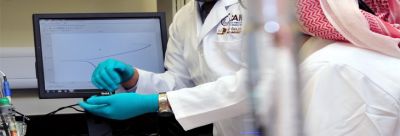
Advanced materials are behind most everyday applications and the technologies that revolutionised the way of life of people worldwide, yet they remain largely unknown to the general public. An EU initiative aims to get people thinking about their far-reaching effects.

Manufacturing small and medium-sized enterprises (SMEs) are increasingly turning to cloud computing services to save time and money. An EU initiative is developing cloud-based manufacturing to boost the competitiveness of SMEs within the industry.
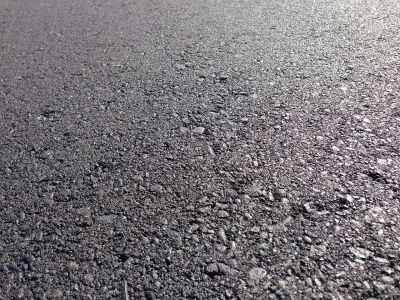
Around 70 % of Europe's road, tunnel and bridge infrastructure is made of concrete whose structural stability can be compromised by water and other substances that enter through cracks. Novel self-healing concrete should solve the problem.
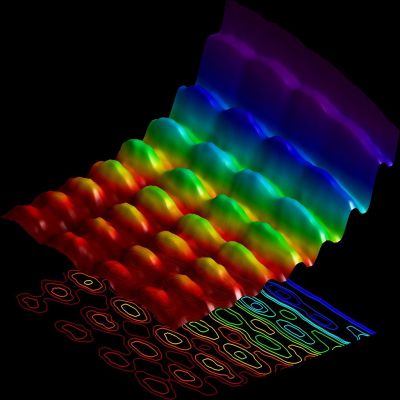
Much as a light switch controls current flow to a lighting device, an optical switch reroutes incident light. Novel quantum optical switches have rerouted single incident photons with implications for future photonics and quantum computing devices.

An exciting high-pressure technique promises to replace the use of sulphur dioxide in winemaking and save as well on energy costs. This will also make the industry more competitive on the global market.
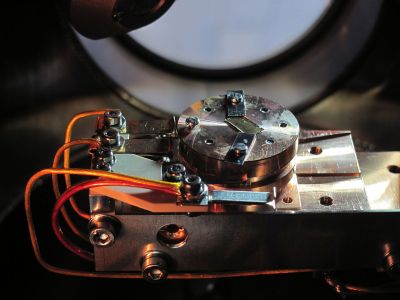
An EU-funded consortium has put nanotechnology on the road to international standardisation that will improve quality, safety and Europe's competitive position in a huge global market sector.

Keeping a sewerage system clean and functional is crucially important for public health and proper functioning of a city's infrastructure. Researchers have developed an automated sewerage inspection and cleaning device that will save time and money.

EU-funded scientists are developing advanced surface coolers that are compact and lightweight to cool engine fuel and oil in aircraft. Potential applications include civil markets.
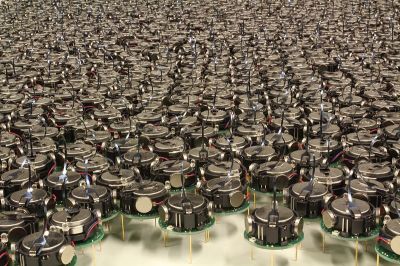
Scientists have created underwater robot swarms that function like schools of fish, exchanging information to monitor the environment, searching, maintaining, exploring and harvesting resources in underwater habitats. The EU supported COCORO project explored and developed collective cognition in autonomous robots in a rich set of 10 experimental demonstrators, which are shown in 52 videos.

EU-funded scientists are developing a new wireless sensor system for use on the outside of aircraft to support continuous monitoring.
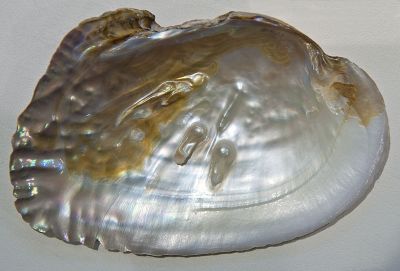
Natural composites such as bone and mother-of-pearl (nacre) combine strength and toughness with self-healing ability. Scientists developed novel processes to make bio-inspired composites for potential energy, sensing and biomedical applications.
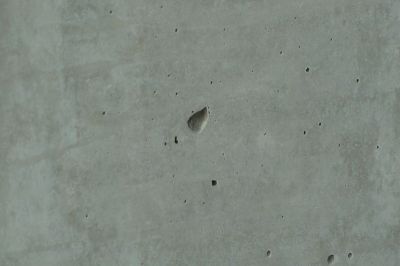
Corrosion of the embedded steel in reinforced concrete significantly decreases service life with potentially dangerous consequences. Modern electrochemical methods and nanotechnology will solve the problem in both existing and future buildings.

Solar energy technologies such as photovoltaics (PVs) convert the Sun's virtually limitless energy into electricity. Novel large-area fabrics with integrated PVs could soon be doing that from incident light on awnings and walkway shades.

Engineered nanoparticles (NPs) are enabling miniaturisation and functionalisation of devices in numerous fields. New models of toxicity and interactions at the level of the cell membrane will foster design of NPs safe for people and the environment.
























